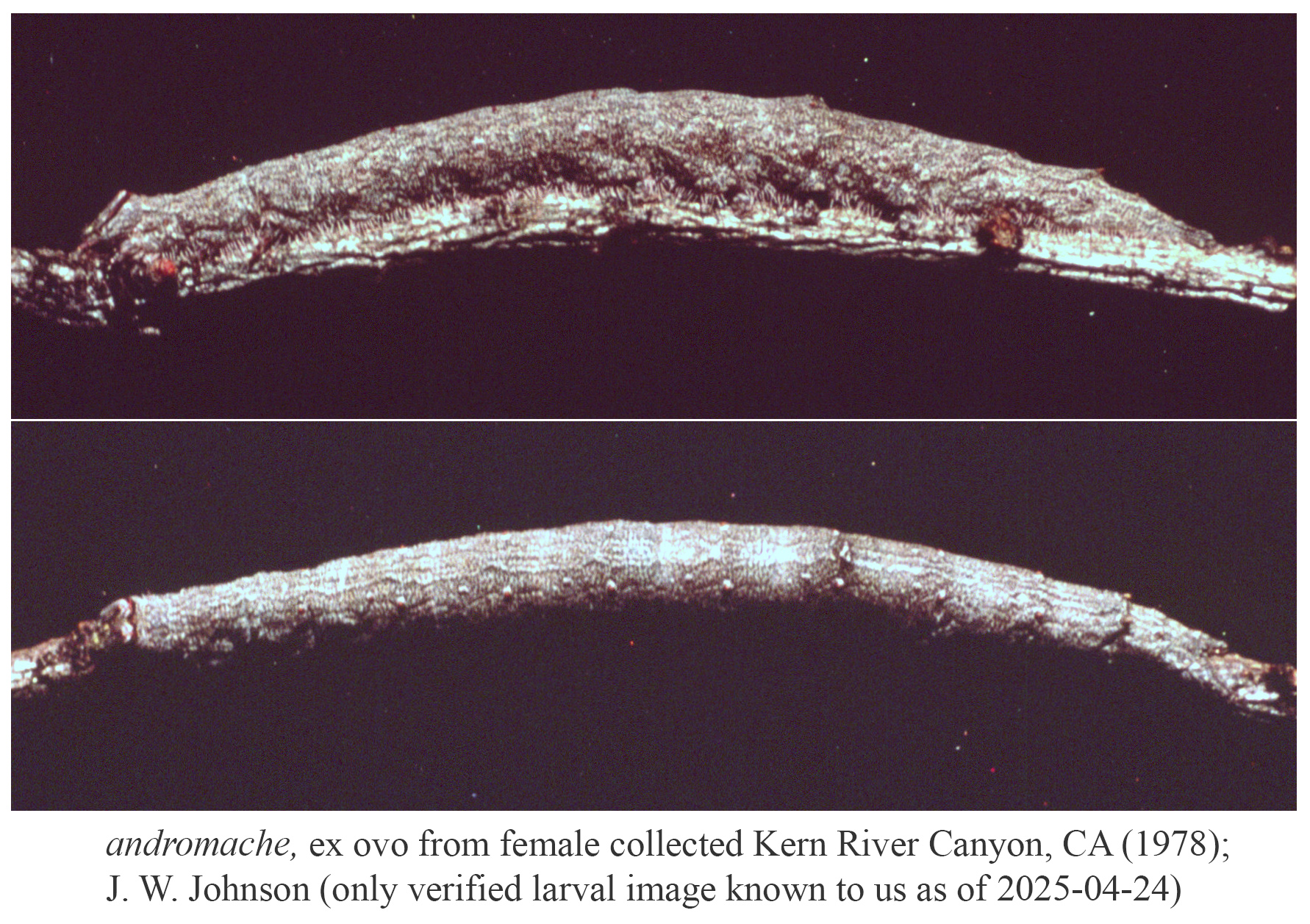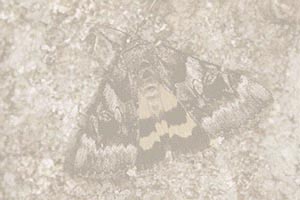 Catocala andromache
Catocala andromache
H. Edwards, 1885
Characters that separate larvae of the 14 smaller western oak-feeding Catocala are essentially lacking, since
the number of verified rearings is quite small, many characters overlap, and the scope of variation in each species
or species complex remains unknown.
This is one of the groups where your observations will really move the bar! Every larva is a
veritable goldmine of information, every wild food plant record a certain winner! Please rear all larvae to reveal their adults. The 14 suspects include:
andromache complex,
benjamini complex,
caesia,
californiensis,
chelidonia complex,
delilah (also present in Florida and nearby),
desdemona,
frederici complex,
johnsoniana,
mcdunnoughi,
ophelia,
ventura,
verrilliana complex,
violenta.
Some
trends that may be emerging: various darker head capsule "head bands" in all but chelidonia complex and mcdunnoughi, often
strong in delilah; A5 hump and A5 saddle patch reduced or small
in all, except sometimes modest conical hump in desdemona, violenta and verrilliana complex; lateral filaments in all, but often reduced in
benjamini complex, californiensis, delilah, desdemona, frederici complex; delilah and desdemona more rugose;
larvae of caesia and ventura unknown.
Larvae of
delilah
separable from all other species in Florida and coastal plain due to allopatry, possibly also separable
from
desdemona
in southeastern Texas due to the apparently limited sharp zone of
allopatry among the two. However, nearly all bets are off for these 14 species until more data arrive, and taxonomic issues are resolved.

|


